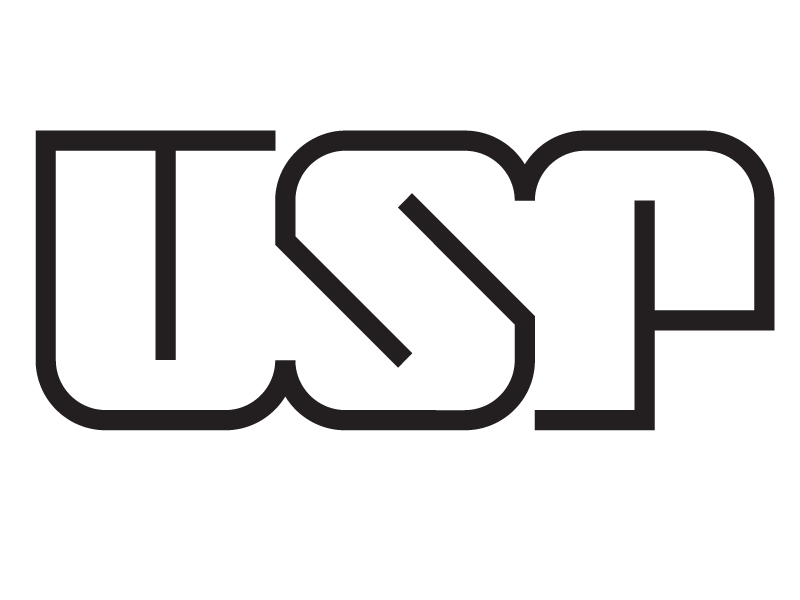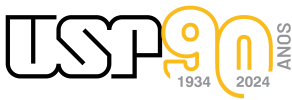Palestra – Prof. Dr. John J. Irwin
|
Título: “Free computational tools for ligand discovery and drug design.”
. Prof. Dr. John J. Irwin School of Pharmacy – University of California, San Francisco Data: 31 de julho de 2013 . |
|
| Resumo da palestra:
ZINC is a free public resource for virtual screening and ligand discovery. The database contains over twenty million commercially available “drug like” molecules in biologically relevant representations that may be downloaded in popular ready-to-dock formats and subsets. The website enables searches by structure, biological activity, physical property, vendor, catalog number, name and CAS number. Small custom subsets may be created, edited, shared, docked, downloaded and conveyed to a vendor for purchase. The database is cross-linked to many public resources including ChEMBL, PubChem, DrugBank, IUPHAR, NuBBE and many others. It contains both biological activities (via ChEMBL) and predicted target affinities (via SEA, the Similarity Ensemble Approach). It also contains links to phenotypes and indications via molecular targets. ZINC is maintained and curated for a high purchasing success rate, and is freely available at zinc.docking.org. I will also talk about SEA, DOCK Blaster and DUD/DUD-E, other related products from our lab. .… Currículo resumido:
John Irwin is Adjunct Associate Professor in the Department of Pharmaceutical Chemistry at the University of California San Francisco. He works together with Brian Shoichet on methods to discover new reagents for biological targets using target- and ligand-based methods. He applies these methods to various projects, and particiates in numerous collaborations. John develops the ZINC database of commercially available compounds for virtual screening and the DUD database for benchmarking virtual screening methods. His most recent product is DOCK Blaster, a free virtual screening service that aims to make docking as reliable and easy to use – if not nearly as fast – as BLAST. John received his Ph.D. for work with Jack Dunitz in chemical crystallography in 1991 at ETH Zurich. He worked at a startup molecular modeling company before joining Gerard Bricogne’s group at the Medical Research Council’s Laboratory of Molecular Biology in Cambridge UK, developing software for new macromolecular crystallographic structure solution and refinement methods (BUSTER and SHARP). He spent a year and a half as a staff scientist at EMBL-EBI also in Cambridge working on the PDB cleanup project before moving to Northwestern University Medical School with Brian Shoichet in 2000 where he began work on DOCK, ZINC, and SEA. |
Divulgação |




